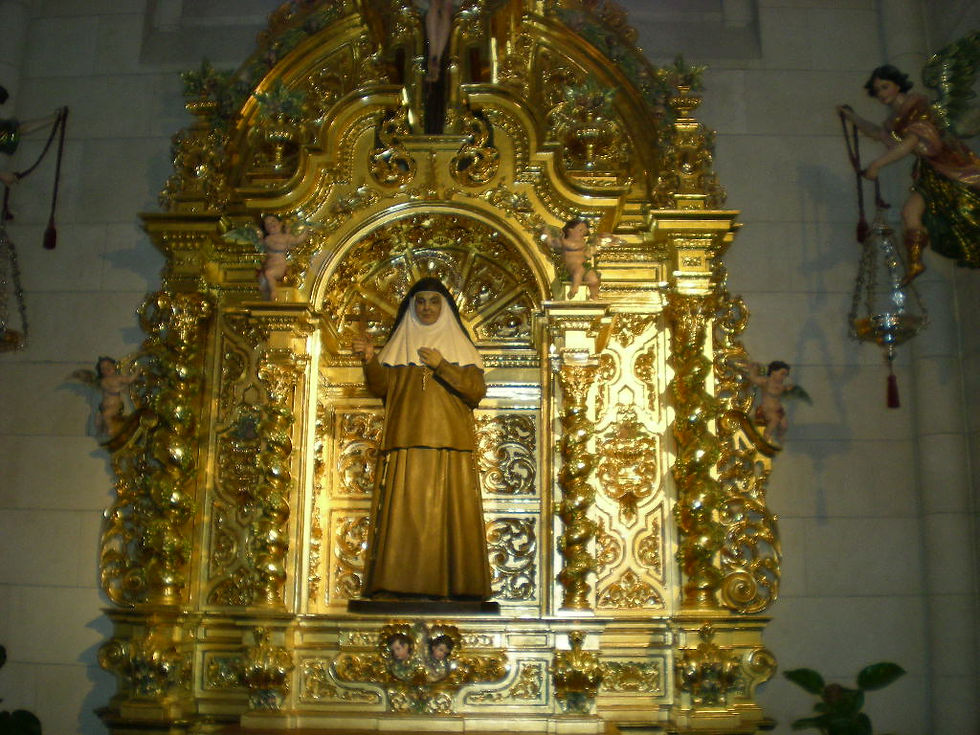Barcelona Places to See - Part II of the Barcelona Cruise Stop Series
- Gail Gauvreau

- Dec 20, 2020
- 8 min read
Updated: Nov 1, 2021

In this second article in a series of blogs about Barcelona as a pre or post cruise stop, I cover Places to See. You can determine which article on Barcelona most interests you if you have limited time and want to read an article on a specific topic.






































Comments